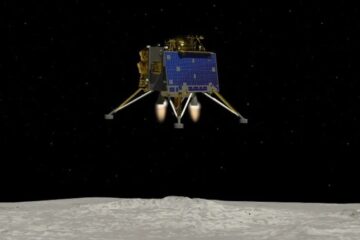NASA’s quest to discover extraterrestrial life has reached a new milestone with the introduction of the Habitable Worlds Observatory (HWO). This innovative mission aims to search for life beyond our solar system by exploring planets in the Milky Way that could potentially support life.
The Ambitious Mission of the Habitable Worlds Observatory
The Habitable Worlds Observatory (HWO) is an upcoming space telescope designed to operate in infrared, optical, and ultraviolet wavelengths. Its mission is to identify and study exoplanets in other stellar systems that might harbor life. This ambitious endeavor will require the development of new technologies, and NASA has recently selected three proposals to help achieve this goal.
Technological Innovations for the Habitable Worlds Observatory
One of the key innovations for the HWO is an advanced coronagraph. This instrument will block out light from stars, allowing the telescope to image the planets orbiting them. Additionally, the HWO will need an ultra-stable optical system, capable of maintaining precision with movements limited to less than the width of an atom during observations.
Earlier this year, NASA solicited industry proposals to develop these critical technologies. Three awards, totaling $17.5 million, were granted to enhance capabilities originally developed for the James Webb Space Telescope and the upcoming Nancy Grace Roman Space Telescope.
Collaboration and Strategic Development
Mark Clampin, director of the Astrophysics Division at NASA Headquarters, emphasized the importance of a strategic approach to the HWO’s development. “The Habitable Worlds Observatory will be a historically ambitious mission, so we are taking a deliberate, strategic approach to its development and laying the groundwork now,” Clampin said. He stressed the need for collaboration between government, academia, and industry to build on previous space telescope technologies.
Objectives of the Habitable Worlds Observatory
A primary goal of the HWO is to directly image 25 potentially habitable exoplanets around sun-like stars. By conducting spectrographic analysis, scientists aim to study the chemical compositions of these planets’ atmospheres, seeking chemical signatures associated with life.
Learn More
For further information on NASA’s Habitable Worlds Observatory, visit NASA’s official website. You can also read about similar projects like the James Webb Space Telescope and the Nancy Grace Roman Space Telescope.




